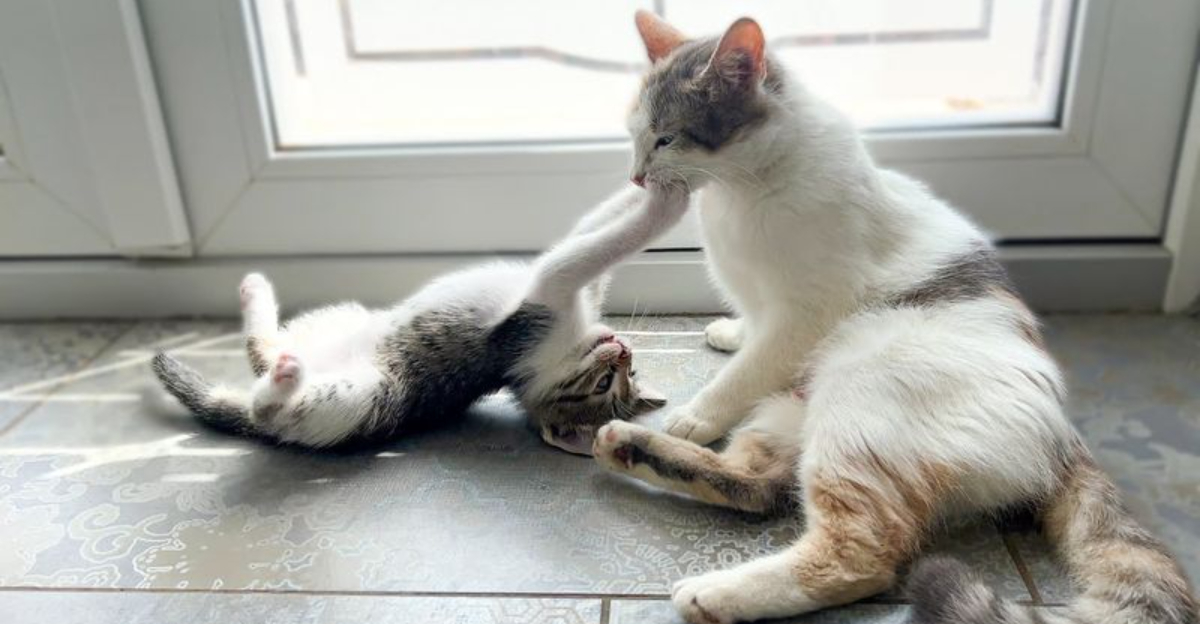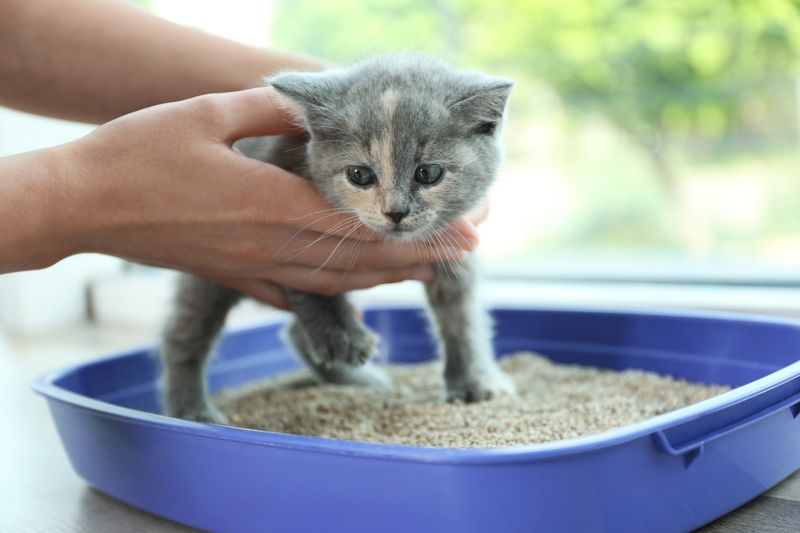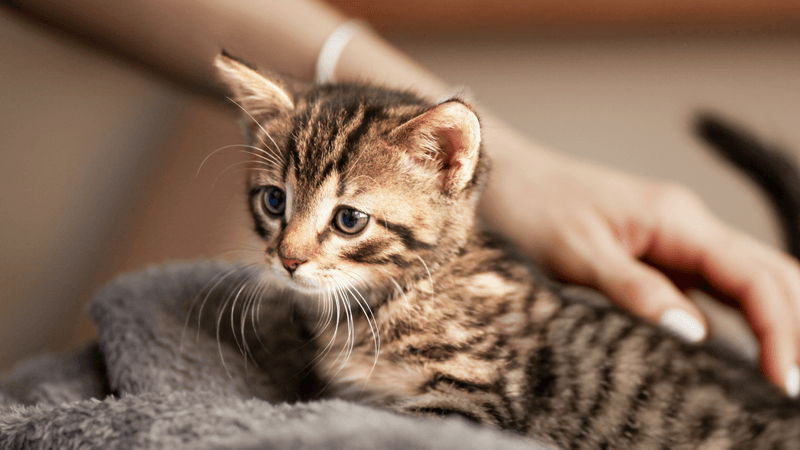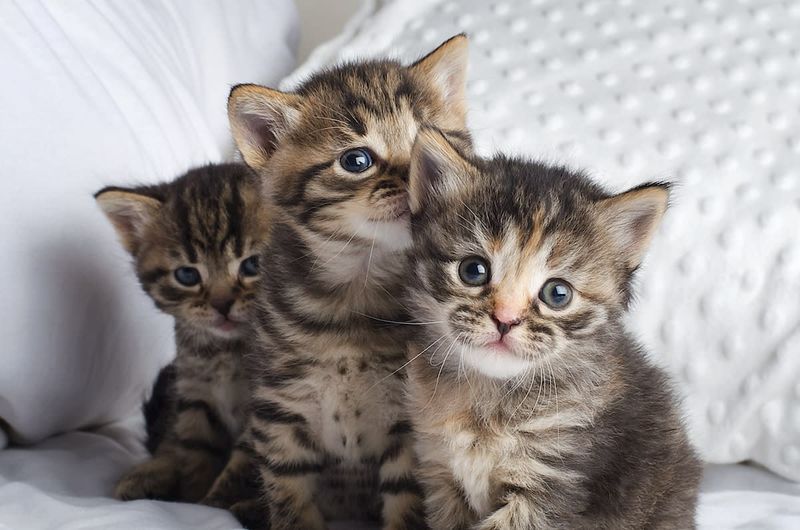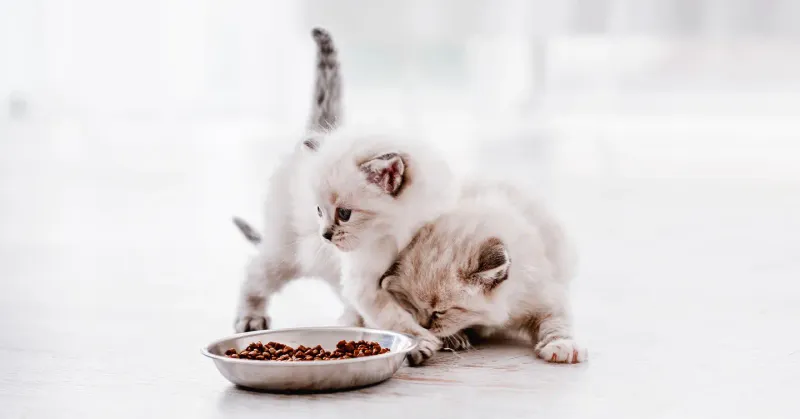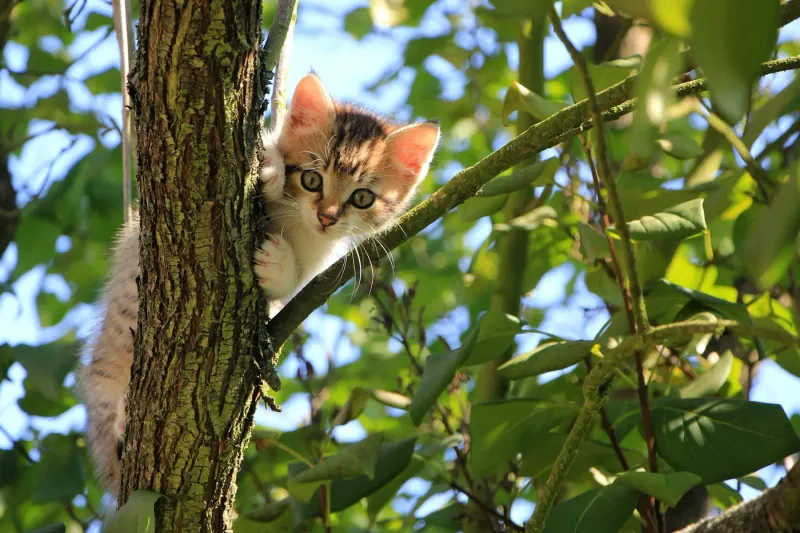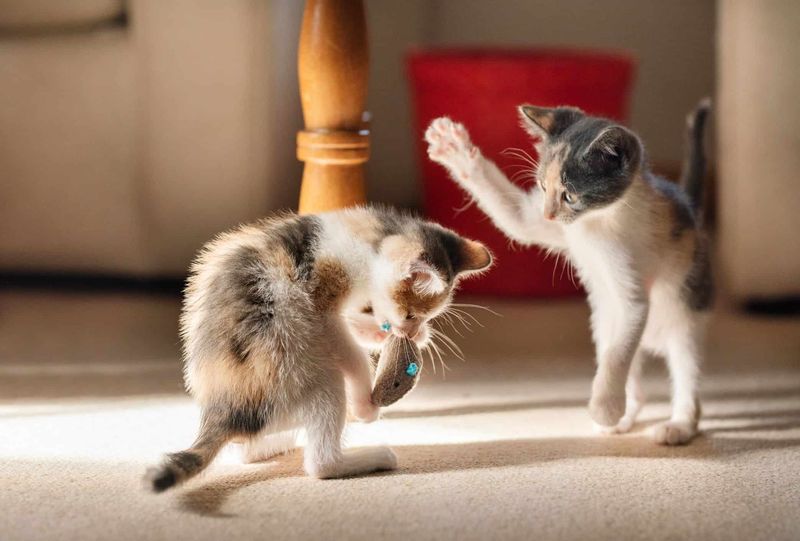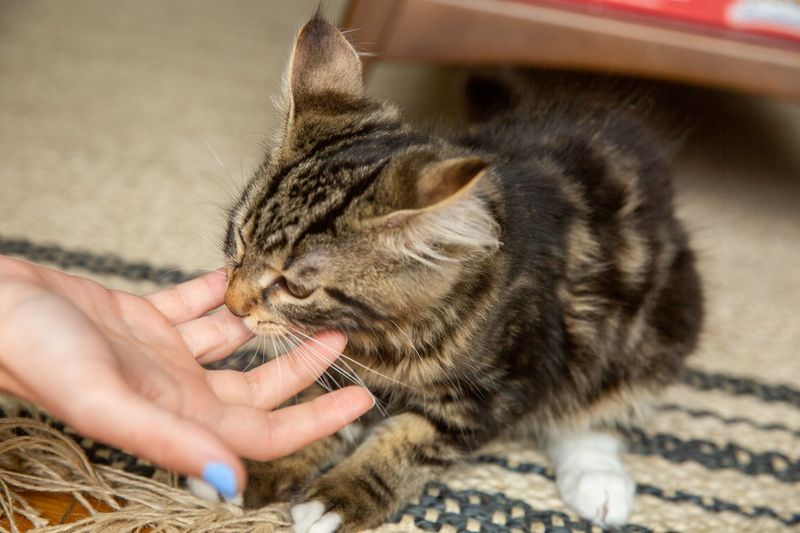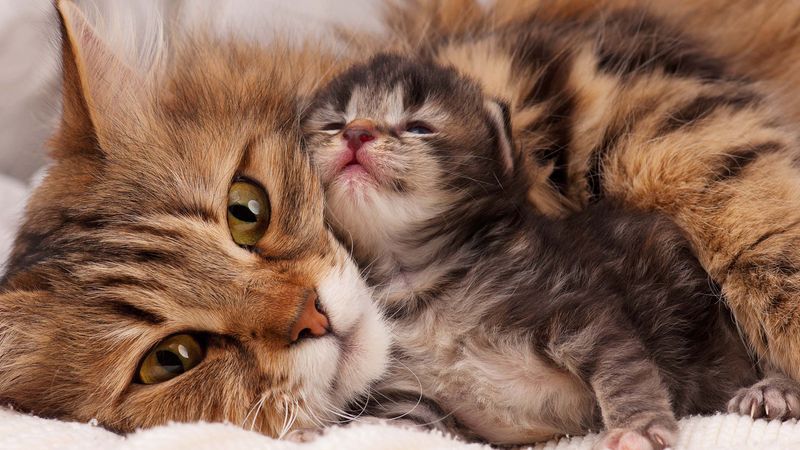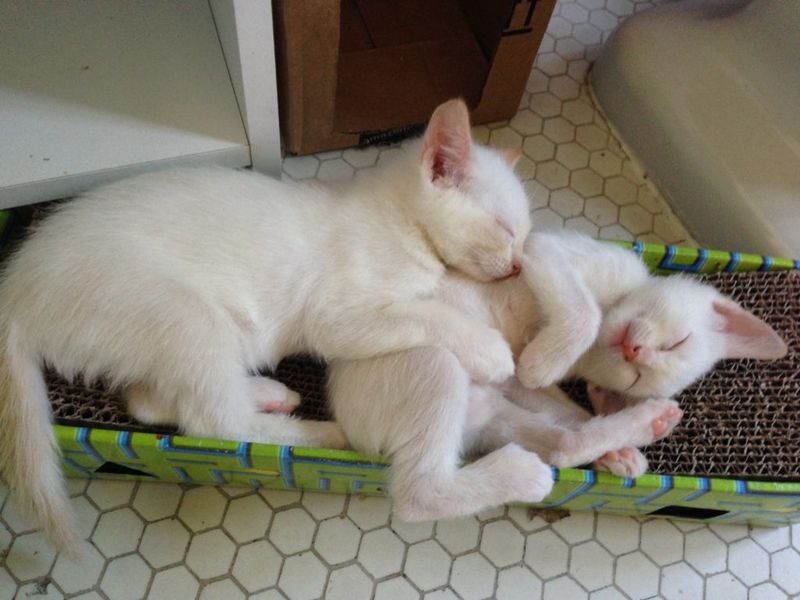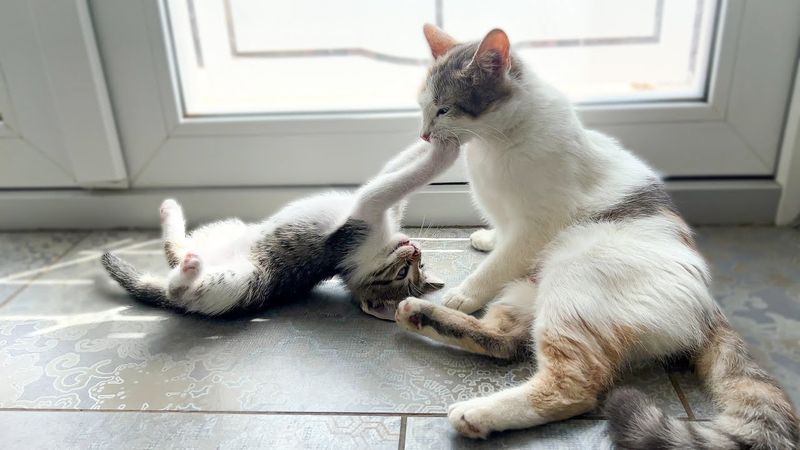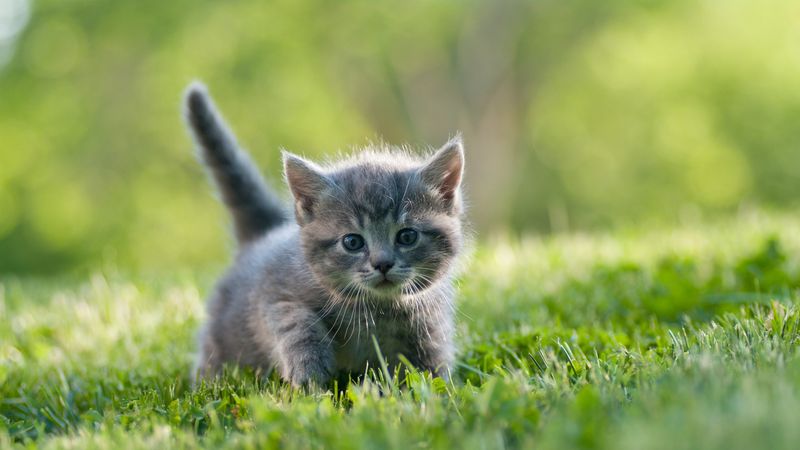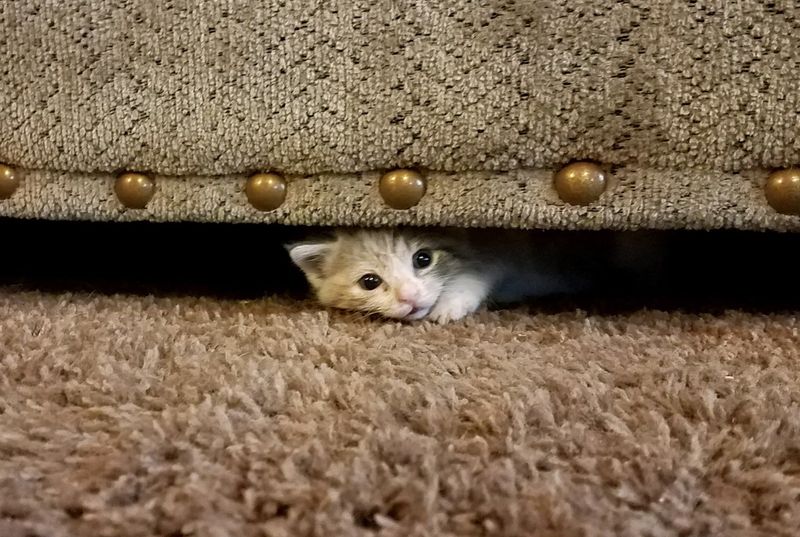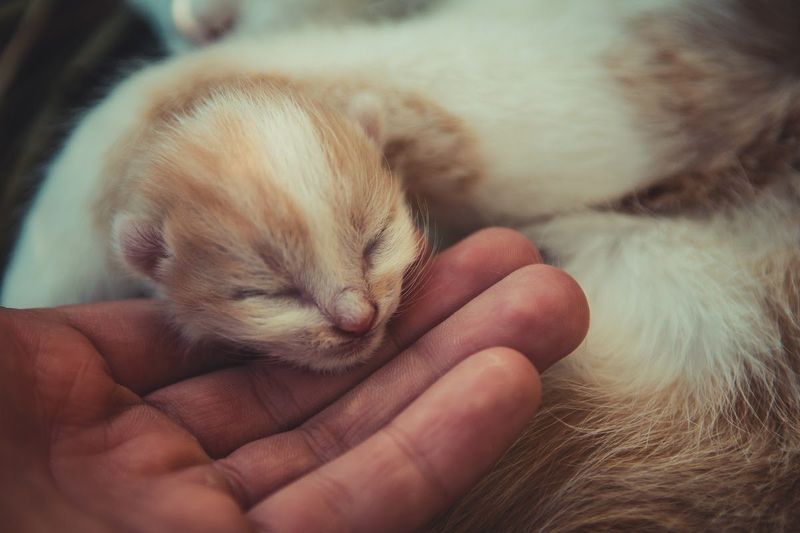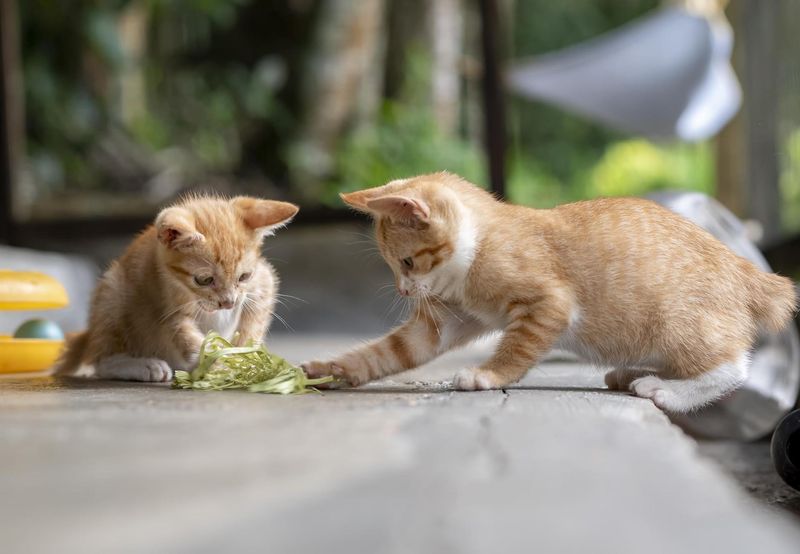📖 Table of Content:
- 1. Litter Box Training
- 2. Grooming Habits
- 3. Hunting and Pouncing
- 4. Eating Routines and Preferences
- 5. Climbing and Jumping Techniques
- 6. Play Behavior and Toy Selection
- 7. Scratching and Marking Territory
- 8. Social Cues and Body Language
- 9. Sleeping and Napping Patterns
- 10. Learning Boundaries Through Play
- 11. Confidence in New Situations
- 12. Fear Responses and Avoidance
- 13. How to Interact with Humans
- 14. Following Household Routines
- 15. Territorial Behavior and Space Sharing
Kittens are like little sponges, absorbing everything they see around them—especially when it comes to learning from older cats. Whether they’re watching their mother, a sibling, or an adult feline companion, kittens quickly pick up important skills through observation and imitation. This natural ability to mimic helps them adapt to their environment, develop survival instincts, and even shape their social behaviors. From using the litter box to perfecting the art of the cat nap, kittens rely on their furry mentors to guide them through their early stages of life.
Learning from other cats is a crucial part of a kitten’s development, and it happens faster than most people realize. Unlike dogs, which often require human-led training, kittens are highly independent learners who pick up habits simply by watching and doing. If an older cat confidently scales a bookshelf or responds to human affection in a certain way, a kitten is likely to follow suit. This type of feline social learning not only influences how kittens interact with their surroundings but also impacts their confidence, play style, and overall behavior.
Understanding how kittens learn from other cats can help pet owners better support their furry companions. By observing the dynamics between kittens and adult cats, we can create a more enriching environment that encourages positive behaviors while minimizing bad habits. In this article, we’ll explore 15 fascinating ways kittens pick up behaviors from their feline role models, shedding light on just how intelligent and adaptable these tiny copycats truly are.
1. Litter Box Training
Kittens learn where and how to use the litter box by watching their mother or older cats. This social learning often speeds up the training process. Observing the older cats, they quickly grasp the concept of covering their waste, which is crucial for hygiene and odor control. By watching, they understand the importance of returning to the same spot. This mimicking behavior is essential, especially in multi-cat households, where consistency in using the litter box is vital. It ensures harmony among the feline members. Thus, the presence of a trained older cat can make the training process seamless for kittens.
2. Grooming Habits
From licking their paws to cleaning their ears, kittens mimic the grooming behaviors of older cats to keep themselves clean and healthy. This behavior is crucial as it teaches them how to maintain their fur in pristine condition, preventing matting and skin issues. Kittens observe the meticulous cleaning routine, understanding which areas require attention. This not only aids in personal hygiene but also helps in building social bonds when grooming others. By learning these habits early, kittens ensure they grow into well-groomed adults. Thus, grooming is not just about aesthetics; it’s a vital life skill learned from their elders.
3. Hunting and Pouncing
Even though kittens are born with hunting instincts, they refine these skills by observing older cats in action. They watch how adult cats stalk, crouch, and pounce, then mimic these movements during play. Kittens who grow up with skilled hunters often become more proficient at catching toys or even insects around the house. Hunting behavior is crucial for mental stimulation, even in indoor cats. Watching their feline role models teaches them patience, timing, and precision. Without exposure to hunting behaviors, a kitten may not fully develop these instincts. Interactive play with humans can also help reinforce their natural skills.
4. Eating Routines and Preferences
Mealtime is another area where kittens learn by example, often copying the habits of older cats. If a senior cat eats at a specific time or prefers a certain type of food, a kitten may develop the same preferences. They also learn where food is served and how to respond to feeding times. Kittens raised around multiple cats may become more competitive eaters, while those in relaxed environments might develop more leisurely eating habits. Watching adult cats can also teach them how to drink from a water bowl or a fountain. If an older cat refuses certain foods, a kitten may imitate this picky behavior. Encouraging a varied diet early on helps prevent selective eating habits later in life.
5. Climbing and Jumping Techniques
Kittens are naturally curious and love to explore their surroundings, often by watching how older cats navigate different heights. If an adult cat confidently jumps onto a windowsill or bookshelf, the kitten is likely to attempt the same. This observational learning helps them understand their physical limits and improve their coordination. Kittens without older role models may take longer to develop climbing confidence or may attempt risky jumps without understanding safe landings. Having cat trees and shelves encourages positive climbing behaviors. If an older cat favors certain spots, the kitten may start competing for the same space. Providing multiple high perches can help balance territorial instincts.
6. Play Behavior and Toy Selection
Play is an essential part of kitten development, and they often learn their preferred play style by observing older cats. Some cats enjoy batting at strings, while others prefer chasing toy mice, and kittens tend to imitate whatever they see. This learning process helps them refine their coordination, agility, and social skills. Play also teaches them appropriate biting and wrestling behavior when interacting with other cats. If an older cat is playful and engaging, the kitten is more likely to develop a strong interest in toys and active play. On the other hand, a less active cat may result in a kitten who prefers lounging over playing. Encouraging interactive playtime strengthens their physical and mental well-being.
7. Scratching and Marking Territory
Scratching is a natural feline behavior, but kittens need to learn where it’s acceptable to do so. Watching an older cat use a scratching post helps them understand proper claw maintenance and territory marking. If a senior cat scratches furniture, a kitten may follow suit, thinking it’s the right thing to do. Providing designated scratching posts and rewarding positive behavior can reinforce good habits. Some kittens may also copy the exact location their feline mentor prefers for scratching. Without guidance, they may develop destructive scratching habits. Training them early with the right surfaces helps protect household furniture.
8. Social Cues and Body Language
Kittens learn how to communicate with other cats by observing subtle body language and vocalizations. They pick up on signals like a slow blink for trust, a twitching tail for irritation, or a puffed-up stance for fear. These social cues help them interact appropriately with both feline companions and humans. If raised around friendly, confident cats, they are more likely to develop positive social behaviors. However, kittens exposed to anxious or aggressive cats may become more timid or defensive. Understanding these signals allows them to navigate social interactions smoothly. A well-socialized kitten grows into a well-adjusted adult cat.
9. Sleeping and Napping Patterns
Cats spend a significant portion of their day sleeping, and kittens quickly adopt the same resting habits as the older cats around them. If an adult cat enjoys napping in the sunlight or curling up in a specific bed, a kitten may start doing the same. Synchronizing sleep patterns helps kittens feel secure and bonded with their feline family. They also learn when it’s appropriate to be active and when to settle down. A home with multiple cats often develops a shared rhythm, with group naps becoming part of the daily routine. Ensuring a quiet, comfortable sleep environment benefits both kittens and their role models.
10. Learning Boundaries Through Play
Kittens often test their limits when playing, and older cats help teach them what’s acceptable. If a kitten bites too hard or plays too aggressively, an adult cat may respond with a hiss or a gentle swat. These corrections teach kittens about personal boundaries and social etiquette. Learning these limits is essential for reducing overly rough behavior, especially in multi-cat households. Kittens without proper socialization may struggle to understand these boundaries, leading to behavioral issues. Playtime with well-socialized adult cats helps reinforce good manners. Over time, they learn to adjust their strength and responses appropriately.
11. Confidence in New Situations
If an older cat approaches new environments, people, or objects without fear, the kitten is more likely to do the same, learning that there’s nothing to be afraid of. This behavior boosts their confidence and curiosity, encouraging exploration and adaptation. Kittens observe the calm demeanor of older cats, which reassures them in unfamiliar situations. This confidence-building through observation helps them cope with changes and reduces anxiety. By learning from their experienced counterparts, kittens develop resilience and adaptability. This knowledge is vital for their integration into various settings, ensuring they grow into well-adjusted and fearless adults.
12. Fear Responses and Avoidance
On the flip side, if an older cat reacts fearfully to certain stimuli (like the vacuum or a specific sound), the kitten may learn to fear it as well. This observational learning helps them identify potential threats and avoid dangers. Kittens internalize these responses, which can sometimes lead to unnecessary fears, but also serve as protective measures. Understanding these reactions is crucial for their survival, as it teaches them to be cautious in uncertain situations. However, it’s important to balance fear with curiosity, ensuring they don’t become overly timid. This learning process shapes their approach to the world.
13. How to Interact with Humans
Kittens observe whether older cats enjoy being petted, picked up, or sitting on laps and may develop similar attitudes toward human interaction. They learn to trust or be wary of humans based on these observations. This behavior influences their comfort levels and the way they seek or avoid attention. By watching positive interactions, kittens can become more affectionate and sociable. Conversely, witnessing negative experiences might make them cautious. It’s crucial for kitten socialization to be exposed to gentle and loving human interactions, as these formative experiences shape their future relationships with people. Thus, observation plays a key role.
14. Following Household Routines
From running to the food bowl when they hear kibble being poured to recognizing when it’s bedtime, kittens quickly learn household patterns by copying older cats. This behavior helps them integrate into the family dynamics, understanding the daily schedule and routines. Through observation, they grasp the importance of routine, which provides a sense of security and predictability. This learning process helps reduce anxiety and stress, as they become familiar with household expectations and activities. By mirroring these routines, kittens develop a harmonious relationship with their environment and the humans and animals they share it with.
15. Territorial Behavior and Space Sharing
By watching older cats, kittens learn where they can and can’t go, when to respect personal space, and how to establish their own favorite spots in the home. This understanding helps them navigate their environment confidently. Kittens observe how older cats claim spaces and respect boundaries, which is crucial for avoiding conflicts. Through this learning, they also understand the importance of sharing communal areas peacefully. This knowledge is vital for their social integration and comfort within the household. By mastering territorial behavior, kittens ensure they grow into well-adjusted adults capable of cohabiting harmoniously.
